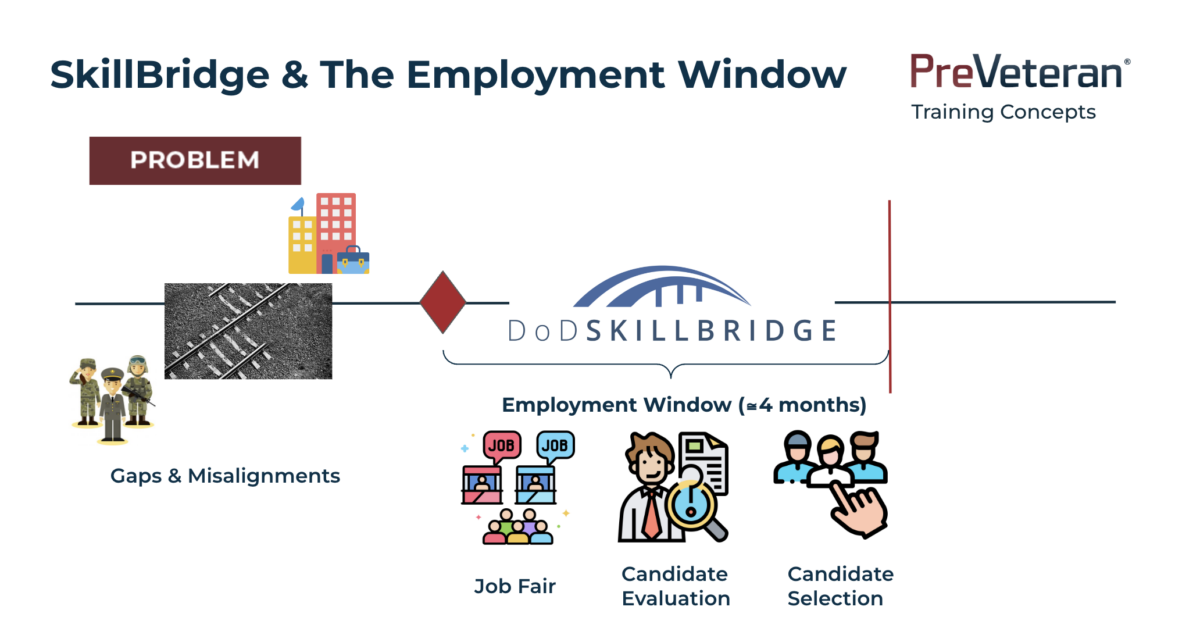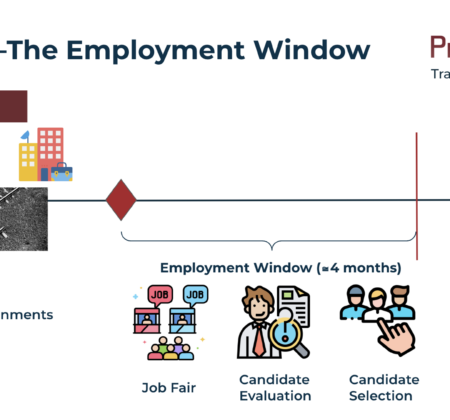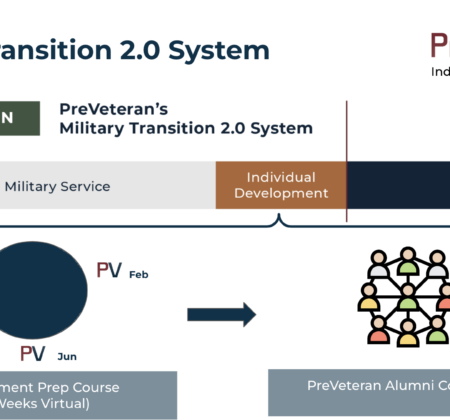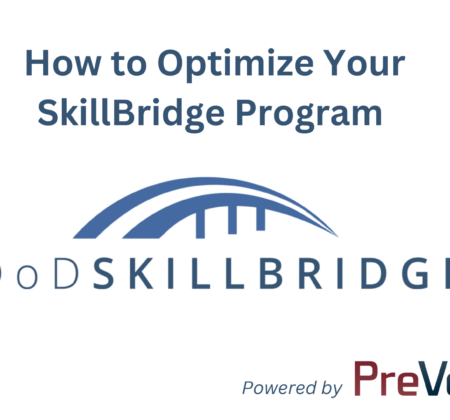Employers—Why SkillBridge Won’t Solve Your Talent Needs With Transitioning Military Members

“When solving problems, dig at the roots instead of hacking at the leaves.” —Anthony J. D’Angelo
As we discussed in another article, the current Military Transition 1.0 Model is not serving the military member or their family because it requires the military member to do too much, with too little time, and no individual training.
Since this 1.0 root cause is not explicitly stated by key stakeholders and is therefore not in the national discourse, neither are the downstream negative impacts to employers and higher education institutions.
Why SkillBridge is So Attractive to Employers
According to the DoD SkillBridge website, the DOD SkillBridge program “is an opportunity for service members to gain valuable civilian work experience through specific industry training, apprenticeships, or internships during the last 180 days of service. DOD SkillBridge connects transitioning service members with industry partners in real-world job experiences.”
Private sector employers operate in a highly competitive free market environment. In order to address the business’ needs, the human resource functions are constantly seeking a wide variety of talent pipelines that will deliver the business qualified candidates.
Finding qualified candidates costs the business money. How much money? The Society of Human Resource Management, the average cost per hire is $4,700. As a business who needs to hire 1,000 candidates, at that rate it will cost the business $4.7 million.
With that in mind, it should not be surprising that employers see the SkillBridge program as a low (or no) cost of talent acquisition. If an organization already has a military talent team, once the organization is approved for SkillBridge, it can begin attracting potential SkillBridgers who can potentially feed existing talent needed across the organization.
Why SkillBridge Isn’t Solving Talent Needs as Intended
From a private sector employers’ standpoint, the logic presented in the previous paragraph makes 100% sense. If you can reduce cost and get great talent, it’s a win-win, right?
Here’s where that logic falls apart. Through very deliberate military training, military members are optimized for the military—not the private sector. As a result, despite our education, drive, and grit, we have gaps and misalignments when leaving the military that prevent us from effectively flowing directly into SkillBridge internships that yield a win-win for both parties.
Because the current Military Transition 1.0 Model we already discussed requires the military member to do too much with too little time at the end of their military career, military members will often not put in the due diligence to choose the right industry, let alone the right company for SkillBridge. This is particularly true for military members, like special operations personnel, who must pivot into a completely different industry.
How We Solve This Challenge
There are two ways to solve this challenge.
- We can encourage Military members to enter our PreVeteran Military Transition 2.0 System one to three years before leaving the military. This system allows military members a fully supported system that allows them to explore different careers and then intentionally choose the right industry and company. This will make the SkillBridge program work as intended.
- Employers can purchase our SkillBridge Optimizer Course that will significantly close the gaps and misalignments military members have when leaving the military and entering the private sector.
To learn more about our Military Transition 2.0 System click here.
Employers, to learn more about our SkillBridge Optimizer Course click here and to set up a call with PreVeteran, use this link.


